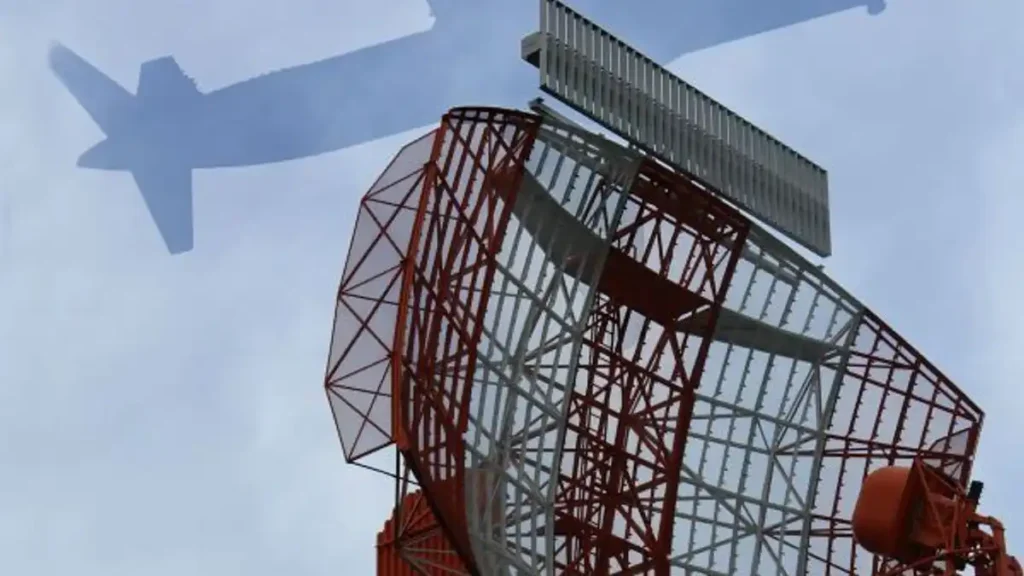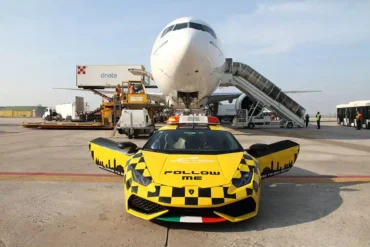Hey there! Let’s chat about Airport Surveillance Radar (ASR) systems. These nifty gadgets are super important at airports. They help spot planes in the area and figure out where they are. But that’s not all – they also give us cool info like the plane’s ID code, how high it’s flying, and if there are any emergencies. All this shows up on screens that air traffic controllers use. Big airports usually have a bunch of these screens in their control room.
So, picture this: The air traffic control team is constantly keeping an eye on all this plane info on their screens. They use it to talk to pilots over the radio, making sure everyone’s flying safely and in an organized way. ASR systems are like the top dogs when it comes to managing air traffic around airports. They’re really good at spotting and tracking planes flying below 25,000 feet (that’s about 7,620 meters) and within 40 to 60 nautical miles (75 to 110 km) from the airport. Some folks call them terminal area radar (TAR), and they’re crucial for keeping the skies safe.
Now, let me tell you about the latest and greatest – the ASR-11 system. It’s like the iPhone of radar systems – totally digital! This cool cat can spot planes and check out the weather at the same time. It works for both regular airports and military ones. Thanks to this tech, air traffic controllers can keep things running smoothly and give pilots a heads-up about any nasty weather coming their way.
Alright, let’s break down how these ASR systems are built and how they work. Radar (which stands for radio detection and ranging) uses electromagnetic waves to figure out stuff about objects – like where they are, how fast they’re going, and how big they are. A typical radar system has a bunch of parts: a transmitter that sends out electromagnetic waves, antennas to send and receive signals, and a bunch of other gizmos that process and display all the info.
The ASR system is actually a team effort between two types of radar: primary and secondary. It’s set up at the airport and connected to the air traffic control center (ATCC), which runs the show remotely.

Let’s talk about the primary radar first. It’s got this big rotating dish antenna sitting on a tower. As it spins around, it shoots out powerful microwave radio waves in a fan shape all around the airport. These waves travel crazy fast – at the speed of light, which is 300,000,000 meters per second! In the U.S., they use a specific frequency range called S-band (2.7 – 2.9 GHz). The radar beam scans the area about every 5 seconds, and when it hits a plane, some of that energy bounces back as an “echo.” By measuring how long it takes for the echo to come back, the system can figure out how far away the plane is.
The primary radar is great at finding out how far away a plane is and what direction it’s in. But it’s got some limitations – it can’t tell you what kind of plane it is, how high it’s flying, or if there’s an emergency. It can also get confused by things like buildings, mountains, or clouds. That’s where the secondary radar comes in to save the day!
Now, onto the secondary radar. This one’s a bit different – it needs planes to have a special device called a transponder on board. The secondary radar antenna (which often piggybacks on the primary radar antenna) sends out signals that “ask” the transponder for information. When a plane’s transponder gets this signal, it sends back a coded reply with all sorts of useful info about the plane.
The secondary radar works together with the primary radar to give air traffic controllers a complete picture. It helps identify planes, tells how high they’re flying, and can even share emergency information if needed. All this data shows up on the same screen as the primary radar info, so controllers can keep track of everything at once.
There are different ways the radar can “ask” for information, called modes. Each mode is like asking a different question. For example, Mode A might ask, “Who are you?” while Mode C asks, “How high are you flying?” Air traffic controllers use these modes to get the specific info they need. They even have a special code word for setting up these modes – they call it “squawking.” So you might hear them say something like, “Squawk 7421” to a pilot.
Let’s wrap up with a quick look at the latest and greatest in radar tech. The ASR-11 system is like the superhero of airport radars. It’s all digital and can do a ton of cool stuff. It can track planes and check the weather at the same time, which is super helpful for both regular and military airports. This new system is replacing a bunch of older radars (some over 20 years old!) to make things more reliable, give better weather info, and save money on maintenance.
Oh, and there’s one more thing I want to mention – it’s called Automatic Dependent Surveillance-Broadcast (ADS-B). This neat system uses GPS to let planes share all sorts of info with air traffic control, like where they are, how high they’re flying, and how fast they’re going. It’s especially useful in places where regular radar doesn’t work well or as a backup to other systems. Pretty cool, right?












